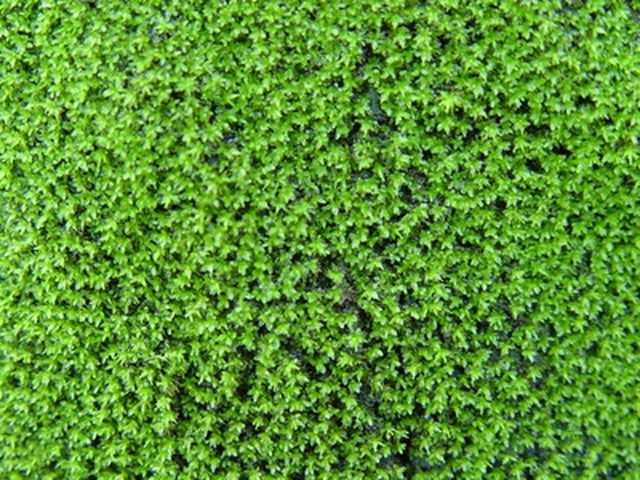Bulbs
Flower Basics
Flower Beds & Specialty Gardens
Flower Garden
Garden Furniture
Garden Gnomes
Garden Seeds
Garden Sheds
Garden Statues
Garden Tools & Supplies
Gardening Basics
Green & Organic
Groundcovers & Vines
Growing Annuals
Growing Basil
Growing Beans
Growing Berries
Growing Blueberries
Growing Cactus
Growing Corn
Growing Cotton
Growing Edibles
Growing Flowers
Growing Garlic
Growing Grapes
Growing Grass
Growing Herbs
Growing Jasmine
Growing Mint
Growing Mushrooms
Orchids
Growing Peanuts
Growing Perennials
Growing Plants
Growing Rosemary
Growing Roses
Growing Strawberries
Growing Sunflowers
Growing Thyme
Growing Tomatoes
Growing Tulips
Growing Vegetables
Herb Basics
Herb Garden
Indoor Growing
Landscaping Basics
Landscaping Patios
Landscaping Plants
Landscaping Shrubs
Landscaping Trees
Landscaping Walks & Pathways
Lawn Basics
Lawn Maintenance
Lawn Mowers
Lawn Ornaments
Lawn Planting
Lawn Tools
Outdoor Growing
Overall Landscape Planning
Pests, Weeds & Problems
Plant Basics
Rock Garden
Rose Garden
Shrubs
Soil
Specialty Gardens
Trees
Vegetable Garden
Yard Maintenance
Irish Moss Facts
Irish Moss Facts. The name Irish moss actually applies to two forms of plant life traditionally associated with Ireland, although both forms of plant life do flourish in other parts of the world. Gardeners use one form of Irish moss (Sagina subulata) as an attractive form of ground cover, while the other type of Irish moss (Chondrus crispus) has...

The name Irish moss actually applies to two forms of plant life traditionally associated with Ireland, although both forms of plant life do flourish in other parts of the world. Gardeners use one form of Irish moss (Sagina subulata) as an attractive form of ground cover, while the other type of Irish moss (Chondrus crispus) has become a popular health food and a staple of many traditional western food products.
Attractive Ground Cover
The form of Irish moss that gardeners use as attractive ground cover goes by the botanical name of Sagina subulata. The plant has a green and clumpy appearance, which, according to GardenGuides.com, is "reminiscent of an Irish Landscape in miniature." The garden cover variety of Irish moss also bears small white flowers during May and June. Gardeners use it to fill in the spaces between flower beds and stepping stones.
Not True Moss
The form of Irish moss and the related Scotch moss used in gardening and landscaping for their attractive green clumping and small white flowers do not actually qualify as mosses. According to an article on the Washington State University website, they belong to the family of perennial plants and gardeners grow them "primarily for their foliage."
Hardy & Fattening
Sagina subulata grows from Greenland's glacier cold to sunny California, although originally it came from Scotland. This form of Irish moss took its Latin, scientific name "Sagina," which means "fattening," from the very healthy sheep that traditionally grazed in fields rich with Irish Moss. Sagina subulata grows best away from shade and in wet, amply watered banks.
The Other Irish Moss
The Irish moss used in so many modern food and health products from ice cream to tooth paste goes by the scientific name Chondrus crispus. According to Aquascope, a website operated by the Tjarno Marine Biological Laboratory in Stromstrad, Sweden, this form of seaweed has a dark reddish color that can turn yellow or green under intense sunlight or "have a blue shimmer" when placed underwater. It grows along the rocky shorelines of North America and Europe.
Carrageen
Eden Foods states that carrageen "is a natural polysaccharide (carbohydrate) extracted from red seaweed," and in this case, Irish moss. Although they have consumed Irish moss for more than 1,500 years, during the 1800s, the Irish extracted carrageen from Irish moss and used it both in their food and as a tonic, part of an Irish folk medicine treatment for cold symptoms. Today the Irish use Irish moss seaweed in their regular diets and ship extracted carrageen overseas for use as a gelatin substitute in food, beer and health products, and even in strawberry pudding.